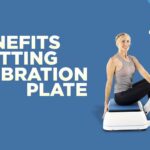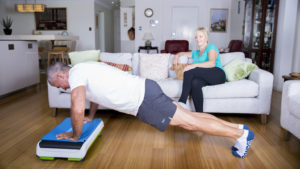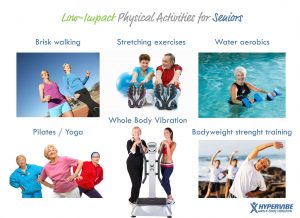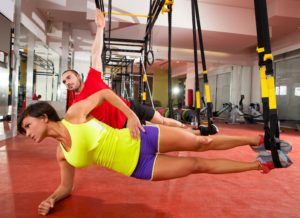How Flexibility Changes With Age and What to Do About It
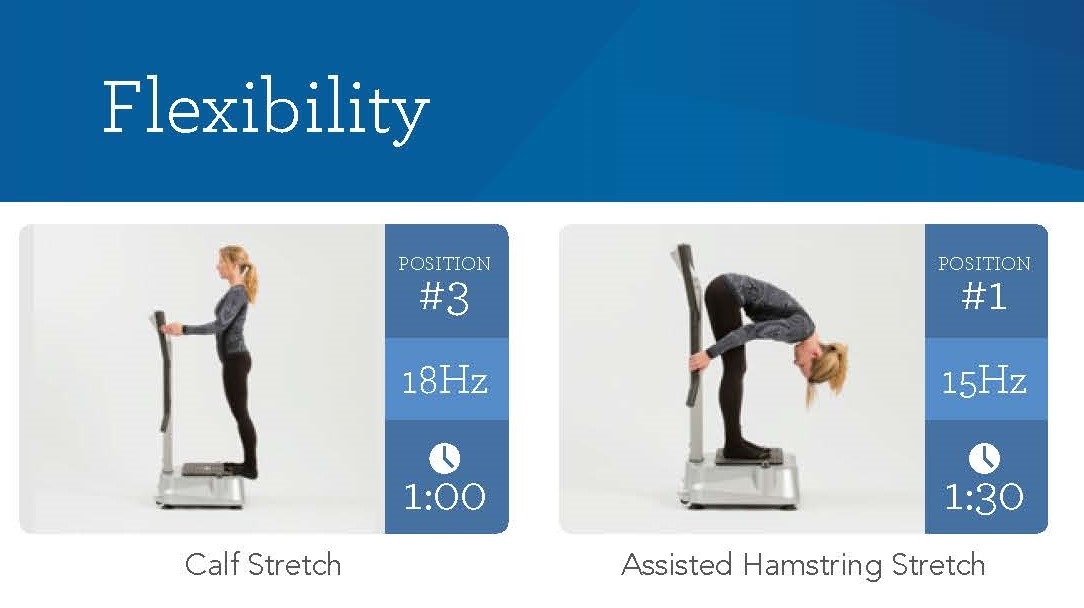
Flexibility measures the range of motion of a joint and is correlated with age, but not solely determined by this factor.
Adults and seniors can still exhibit good flexibility if they maintain an active lifestyle that includes regular exercises aimed at improving flexibility. On the other hand, conditions like arthritis and osteoporosis as well as problems of the tendons, muscles, and ligaments can decrease flexibility even inactive people.
In today’s article we’ll discuss the age-induced changes in flexibility and we’ll take a look at some solutions for this problem.
Most of the changes in joints are caused by changes in the connective tissues and have direct consequences not only on the functioning of joints but also on movement and posture. The cartilage (the connective tissue that cushions the joints) starts decreasing and this reduces flexibility, the hips and knees being more affected.
The amount of synovial fluid that lubricates the joints also decreases, so the tissue gets thinner, and bones are more likely to come in contact. Then, ligaments tend to shorten and muscles tend to become weaker, all these changes leading to a decrease in flexibility, stiffer movements, and a reduction in water content in the affected joints.
Along with the thinning of cartilage comes the loss of muscle and bone mass. Muscle mass begins to deplete in middle-aged adults and can be accelerated by the lack of exercise.
As lean mass decreases, weight gain is more likely to occur, and this places additional stress on the joints, making it harder for them to work properly. After a lifetime of use, the cartilage breaks down easier and the joints can become inflamed and arthritic.
How to counteract the effects of aging on joints
Some of the aging effects on joints can’t be avoided, but they can be minimized through regular exercise. Sedentary seniors can maintain or improve joint flexibility with stretching exercises, some of the benefits of stretching including an improved circulation to the arms and legs, better muscle control, better coordination and balance and an improved sports performance.
Stretching helps in speeding up muscle recovery after a workout and decreases the risk of injury. It can also improve posture and relax the body, so it’s recommended to practice stretch exercises at least 3 times per week, in individual exercise sessions or before/after weight lifting or aerobic exercises.
Although seniors may not be able to lift heavy weights, moderate amounts of strength exercises are more than beneficial for this group of people, as they can strengthen the muscles and improve the lubrication of joints, regulate the blood pressure, improve posture and contribute to better balance.
If you’re afraid that lifting weights may increase your risk of fracture, or you don’t feel strong enough for conventional strength exercises, you may want to try whole body vibration exercises, which can provide similar benefits.
Here you can find some WBV exercises for improving your flexibility.
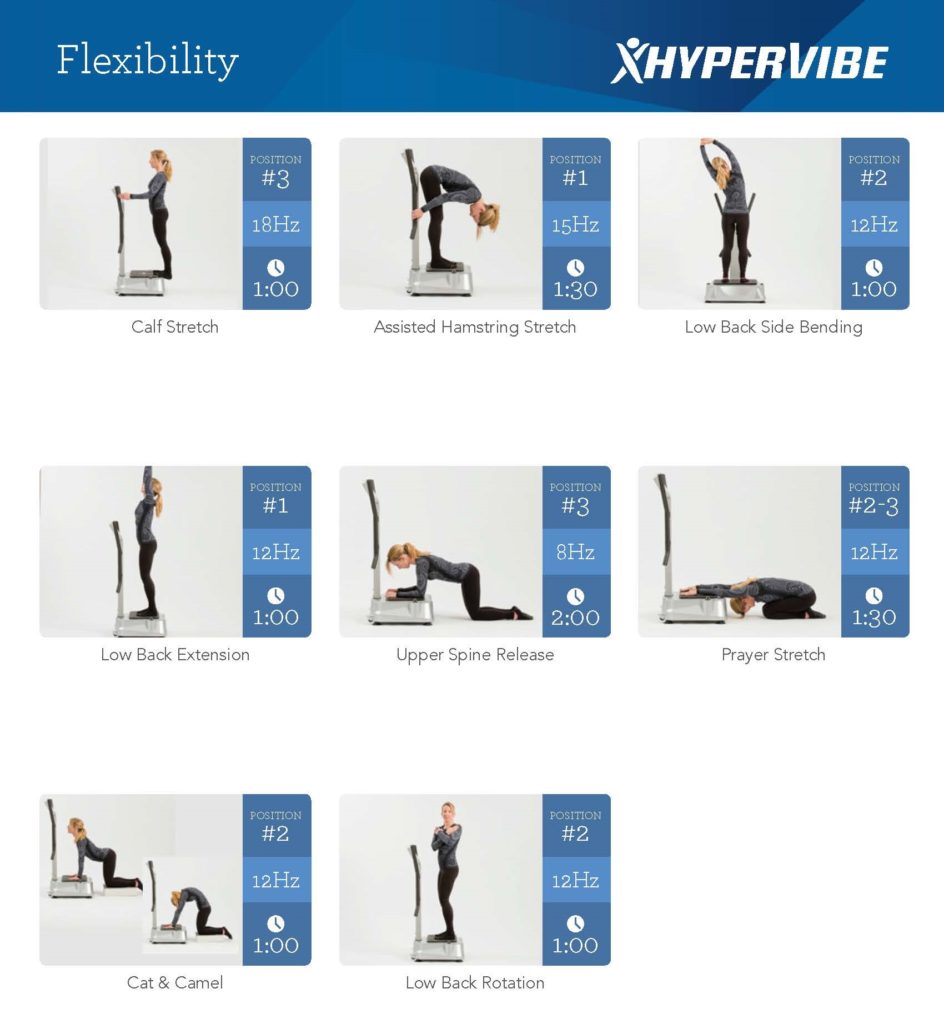
- Aspects of senior health that may be improved through WBV
- WBV exercises, anti-inflammatory effects in the elderly
- Seniors can improve their balance with vibration exercises
Have something to add to this article? Comment below or join our Facebook community and share your thoughts with us!





